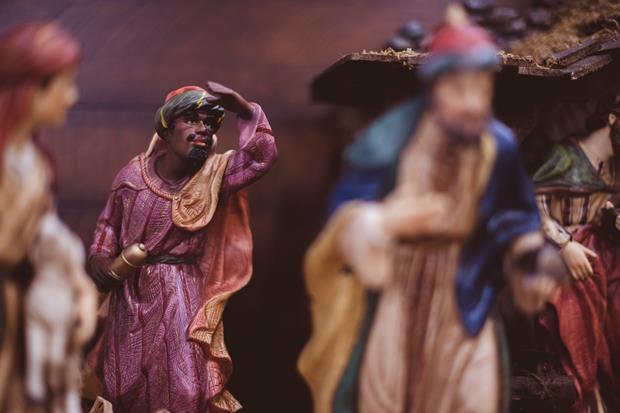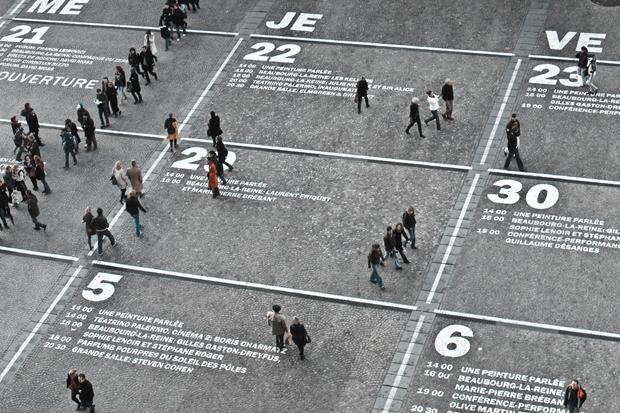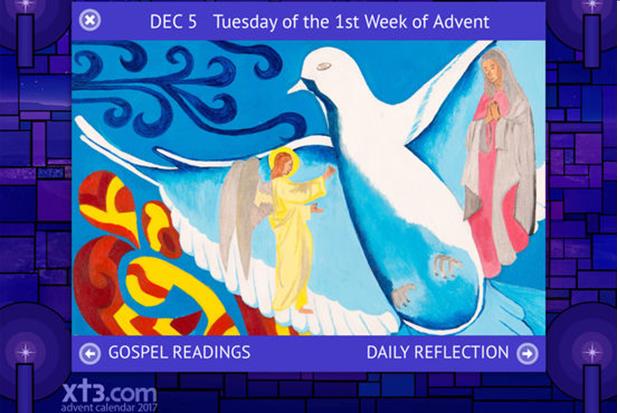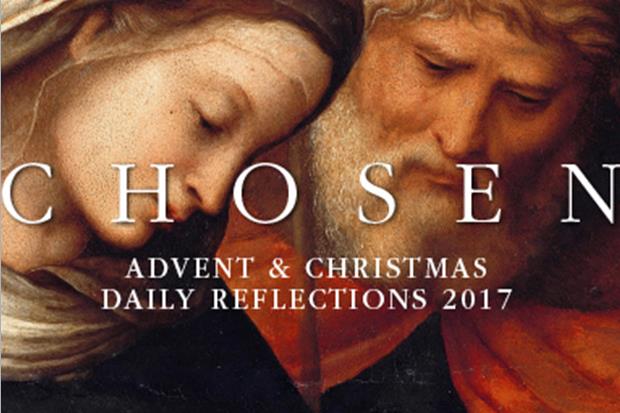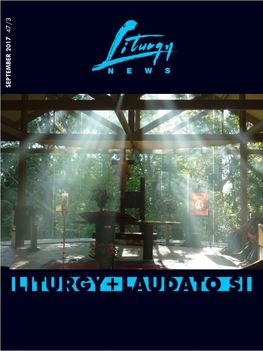|
In this edition:
|
Welcome to this fortnight's edition of LITed: Liturgical Education News.
In this issue we prepare for the Season of Advent, beginning 3rd December. There are articles about preparing for the season in the parish, at school and at home. We also list some great resources from around Australia that can be promoted in your parish newsletter. James Robinson Education Officer, Liturgy Brisbane Scroll down for more |
Feature Articles:
Advent + ParishElizabeth Harrington provides an Advent-Liturgy planning guide for parish liturgy committees to prepare for this important season.
|
Advent + SchoolAdvent is difficult to celebrate authentically in schools because of Christmas holidays. Should we skip it and jump ahead to the nativity?
|
Advent + HomeGrace Harwood writes what we do at home during the Season of Advent prepares for and amplifies what we do in church in celebrating the liturgy.
|
- “...In Advent we rediscover the beauty of all being on a journey … across the paths of time..."
Pope Francis
Recommended Resources
Advent Calendar AppThe Archdiocese of Sydney has again produced their Advent Calendar App launched from their XT3 social media platform. You can watch a video about the calendar here. This is a free resource. Consider promoting for families as a non-commercial alternative Advent Calendar.
|
Advent ProgramThis resource is produced by the Diocese of Woolongong. It is a 72 page pocket size book containing daily Advent and Christmas Reflections. It also contains beautiful religious artworks. Can be used individually or for group reflections and discussion.
|
Block Poster webtoolSometimes decorating a large space for a different season can be difficult on a limited budget. This app allows you to upload an image and enlarge it to a number of A4 sheets. These can then be printed and pasted together to form a large poster. Great for colouring in!
|
|
|
The Season of AdventIt is so important to celebrate the Season of Advent authentically - leading to Christmas, yet separate from it. There are a number of clips on YouTube that explain the Season of Advent quickly and simply. You might like to post one to your parish website. Unfortunately most of the good ones are from America or the UK, so our Australian summer is not reflected in the images.
Download a QR Code for the film to print in your newsletter. |
Headlines from other publications
Liturgy Lines by Elizabeth Harrington
|
|
Parts of the Mass: Rite of Peace
The exchange of peace has been part of the Roman liturgy since earliest times. Originally it occurred before the Presentation of Gifts in response to Jesus’ exhortation in Matthew 5:23-24: “If you bring your gift to the altar, and there recall that your brother has anything against you, leave your gift there at the altar, go first and be reconciled with your brother, and then come and offer your gift.” In the late fourth century the Sign of Peace moved to its present location immediately after the Our Father. This position links it with the last petition of the Lord’s Prayer that we be forgiven “as we forgive those who trespass against us” and with the reception of Eucharist which follows. In the Middle Ages the gesture came to be limited to the clergy alone and was eventually replaced by the priest’s kissing of the altar. |
The 1969 Missal of Paul VI issued after the Second Vatican Council restored the Sign of Peace to the Mass. This was in line with the renewed emphasis on the communal aspect of liturgical worship, and also embodied the reminder from the Council that Christ is present in the assembly. In 2005 members of the Synod of Bishops on the Eucharist investigated a proposal that the Sign of Peace might be better placed elsewhere in the Mass because having it just before Communion causes problems if it is not conducted appropriately. A long and extensive process of consultation revealed that the great majority of bishops conferences preferred the present practice so no change was made.
Interestingly, the General Instruction of the Roman Missal (GIRM) calls this part of the Mass the Rite of Peace while the Missal uses the term Sign of Peace. The General Instruction describes the Rite of Peace as a sign of conversion and peace-making, leading us to the Holy Communion of the Body of Christ, the Church. It then explains how the sign is expressed:
“In the dioceses of Australia the most common form of the gesture of peace is the handshake, although different practices according to region and culture are not excluded. However, it is appropriate that each person offer the sign of peace only to those who are nearest and in a sober manner.” (GIRM 82)
An appropriate form of words to use during the exchange of peace is “The peace of the Lord be with you always”, to which the reply is “Amen”.
The Sign of Peace needs to be kept in proportion and not occupy more time than other more important elements of the celebration. The Sign of Peace is about imparting to others the blessing of Christ’s peace not shaking hands and saying Hello to as many people as possible in the available time: hospitality is practised as people arrive for Mass, not when it is almost over!
Interestingly, the General Instruction of the Roman Missal (GIRM) calls this part of the Mass the Rite of Peace while the Missal uses the term Sign of Peace. The General Instruction describes the Rite of Peace as a sign of conversion and peace-making, leading us to the Holy Communion of the Body of Christ, the Church. It then explains how the sign is expressed:
“In the dioceses of Australia the most common form of the gesture of peace is the handshake, although different practices according to region and culture are not excluded. However, it is appropriate that each person offer the sign of peace only to those who are nearest and in a sober manner.” (GIRM 82)
An appropriate form of words to use during the exchange of peace is “The peace of the Lord be with you always”, to which the reply is “Amen”.
The Sign of Peace needs to be kept in proportion and not occupy more time than other more important elements of the celebration. The Sign of Peace is about imparting to others the blessing of Christ’s peace not shaking hands and saying Hello to as many people as possible in the available time: hospitality is practised as people arrive for Mass, not when it is almost over!
Liturgy NewsIn the September issue:
|
Contact Us |
Images used under Creative Commons Attribution 2.0. Full terms at http://creativecommons.org/licenses/by/2.0.
Other images from Unsplash. 2017. Used under license. Full terms and conditions.
Other images from Unsplash. 2017. Used under license. Full terms and conditions.


